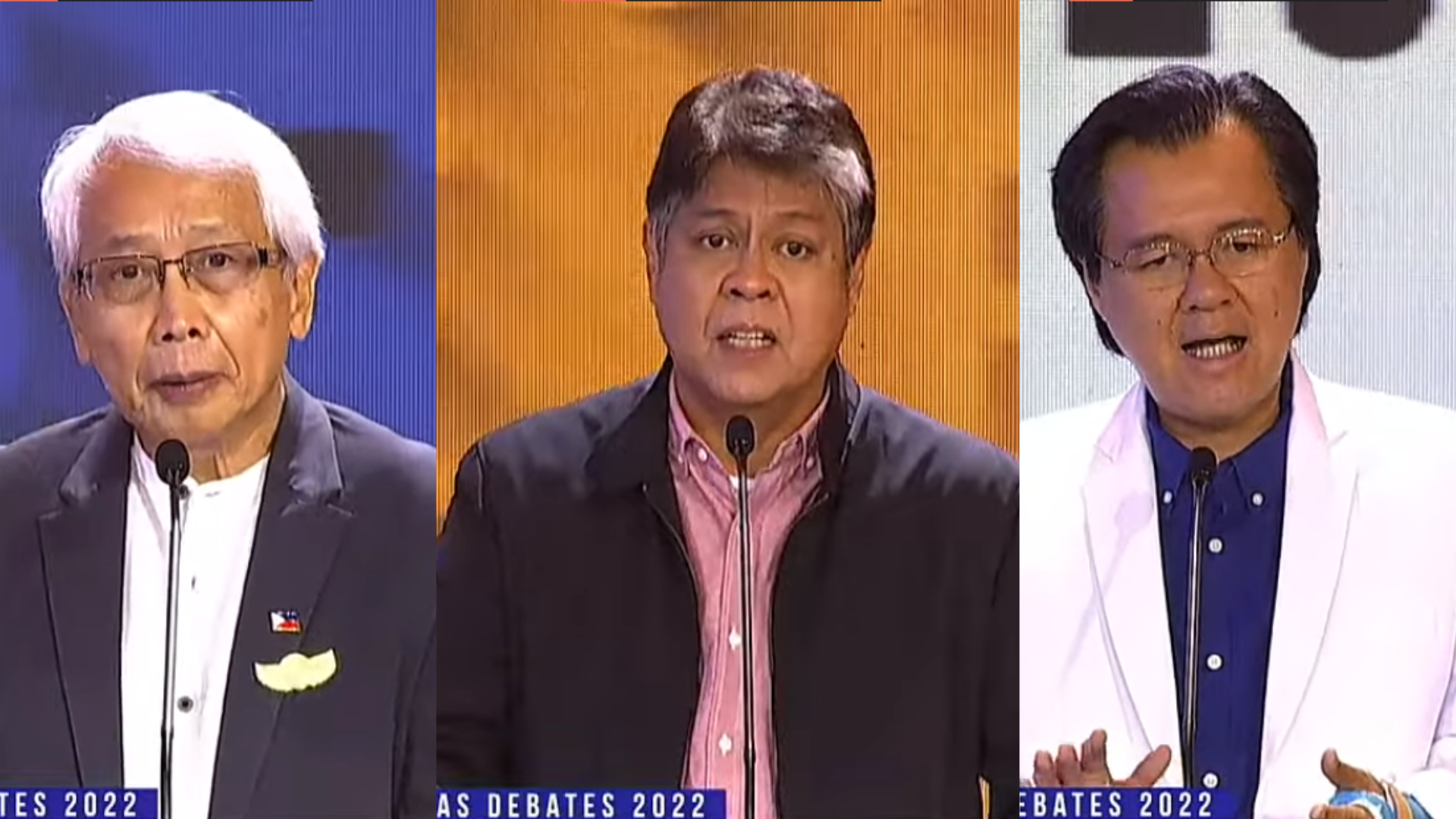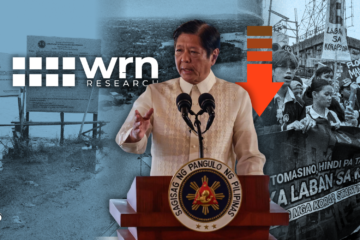
ONLY THREE of the nine vice presidential candidates favor tandem voting to ensure that the executive branch is cohesive, harmonious, and progressing.
Dr. Willie Ong believed that the vice president should complement the president to ensure the sustainability of government projects.
“It would be good if the vice president will stand side-by-side with the president so there is continuity in their programs,” Ong said Sunday during the first vice presidential debate led by the Commission on Elections.
Sen. Francisco ‘Kiko’ Pangilinan echoed Ong, saying that the president’s vice-presidential running mate should be automatically voted together as it fosters positive work dynamic.
“Ang boto sa presidente, dapat ‘yun din ang boto sa bise presidente, para nagtutulungan, para mayroong pagkakaisa, para kumpleto ang plano sa umpisa palang, at hindi nagkakaroon ng anumang bangayan (The vote for the president, should also be the vote for its vice president, to ensure cooperation, unification, a comprehensive plan from the start, and to avoid any conflict),” Pangilinan said.
Lawyer Carlos Serapio also affirmed voting for a president and vice president from the same ticket to avoid the scenario described by the late Department of Budget and Management Finance Secretary Salvador Enriquez Jr., who stated that it is challenging when the president is constantly wary because he has no idea whether the vice president is wishing for their demise.
He also underlined the significance of political parties and their duty to make sure that candidates act based on their principles.
“This is the party whip…to make sure that they abide with the principles and programs of the political party to which they belong,” Serapio said.
But other vice presidential bets differ, emphasizing the importance of a president and vice president from different political parties.
Walden Bello said that having the two highest executive positions from opposing political parties is beneficial as it maintains the executive body’s check and balance, since the vice president may not always agree with the president.
“I think that it is good to have two candidates, maybe from opposite parties. I don’t see that as really bad, I think it can create some sort of dynamics in terms of the executive,” Bello added.
Sen. Vicente ‘Tito’ Sotto III echoed Bello, noting that he opposes tandem voting for the very same reason.
“In the Philippines, there are 64 million voters, shall we allow the presidential candidate to choose the country’s vice president? It should be up to the 64 million Filipinos to elect our country’s next leader, right?” Sotto said.
In Philippine history, since the establishment of the Fifth Republic of the Philippines in 1986, it has been common for the president and vice president to represent opposing political parties.
It was only during the 2004 National Elections that the president and vice president in tandem won the two highest seats in the government—the former president Gloria Macapagal-Arroyo and vice president Manuel Leuterio ‘Noli’ de Castro Jr. F — by JASMINE MAE ALARDE



